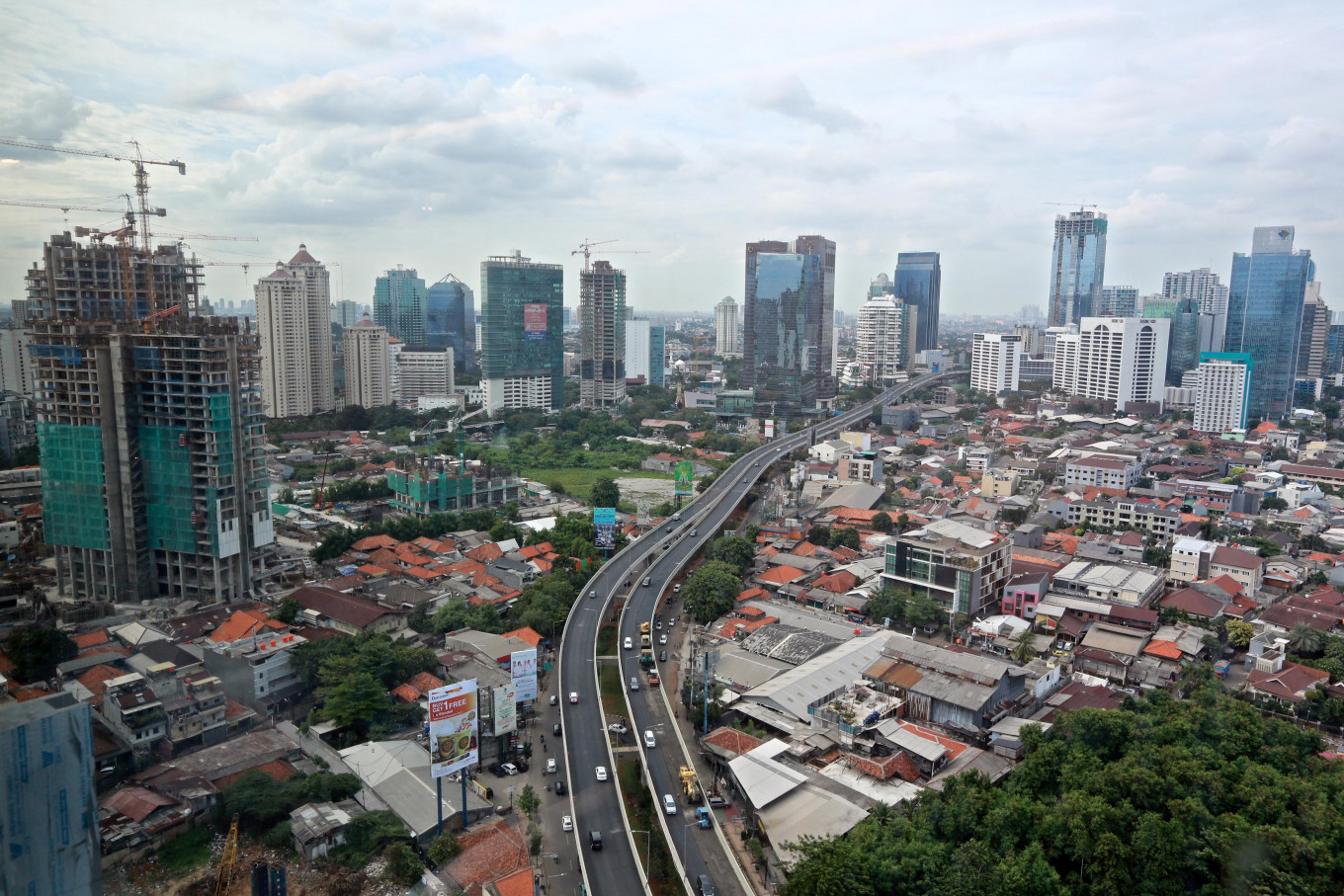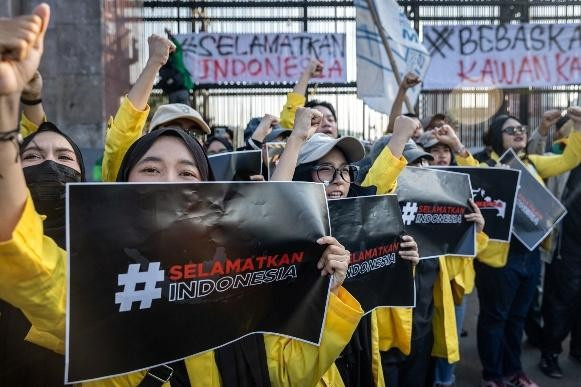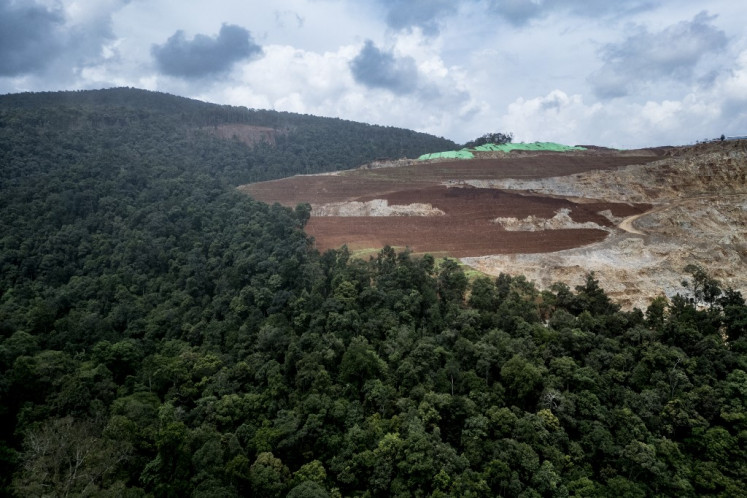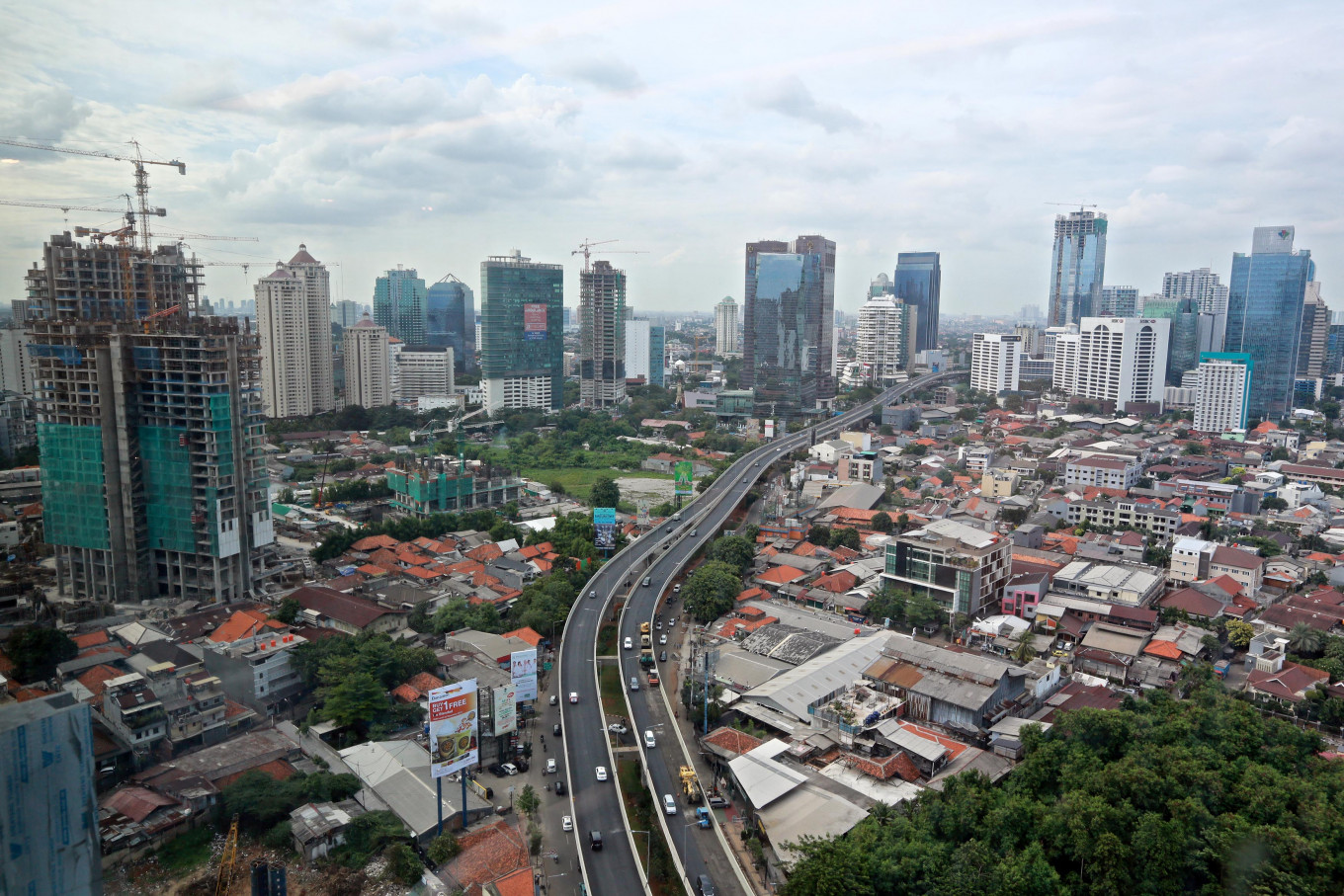Popular Reads
Top Results
Can't find what you're looking for?
View all search resultsPopular Reads
Top Results
Can't find what you're looking for?
View all search results2020 Economic Outlook: Now or never, chance to break out of 5% trap
Since 2014, the Indonesian economy has been stuck in a 5 percent trap. In a good year, growth comes in at 5.2 percent. In a bad year, 4.9 percent. While these numbers are respectable from a global perspective —including for emerging markets — this performance is lackluster. Indonesia can do far better.
Change text size
Gift Premium Articles
to Anyone
Since 2014, the Indonesian economy has been stuck in a 5 percent trap. In a good year, growth comes in at 5.2 percent.
In a bad year, 4.9 percent. While these numbers are respectable from a global perspective —including for emerging markets — this performance is lackluster. Indonesia can do far better.
What gives? Growth is simply increasingly restrained by a persistent current account deficit — in part a result of lower manufacturing intensity over the years. Consider that in 2000, the manufacturing sector accounted for approximately 28 percent of gross domestic product (GDP). By 2019, this number has fallen to 20 percent.
The reduction in export earnings has weighed on the country’s capacity to save and finance its own investment needs.
While a current account deficit is not necessarily a problem for a developing economy with colossal investment requirements, it means that growing too far beyond 5 percent could endanger financial stability. Why? The current account deficit would quickly widen beyond 3 percent of GDP, thus requiring greater external financing. This is likely to mean more portfolio — or “hot money” — inflows, given the fact that Indonesia’s share of regional foreign direct investment is small: it receives just 12 percent of ASEAN’s inward foreign direct investment (FDI) despite accounting for 35 percent of its GDP and 40 percent of its population.
Fortunately, policymakers have adeptly managed the country’s imbalances. On the monetary policy side, Bank Indonesia has been preemptive in adjusting the policy rate as global conditions change. On the government side, the domestic biofuel mandate and efforts to increase value-add in the commodity sector have led to concrete improvement in the trade balance. However, these measures alone are not enough. Structural problems ultimately require structural solutions.
In addition to the structural hindrance to growth — the current account deficit — Indonesia is also confronting a cyclical deceleration. Global and regional growth is slowing, especially in China, which is weighing on the commodity sector.


















